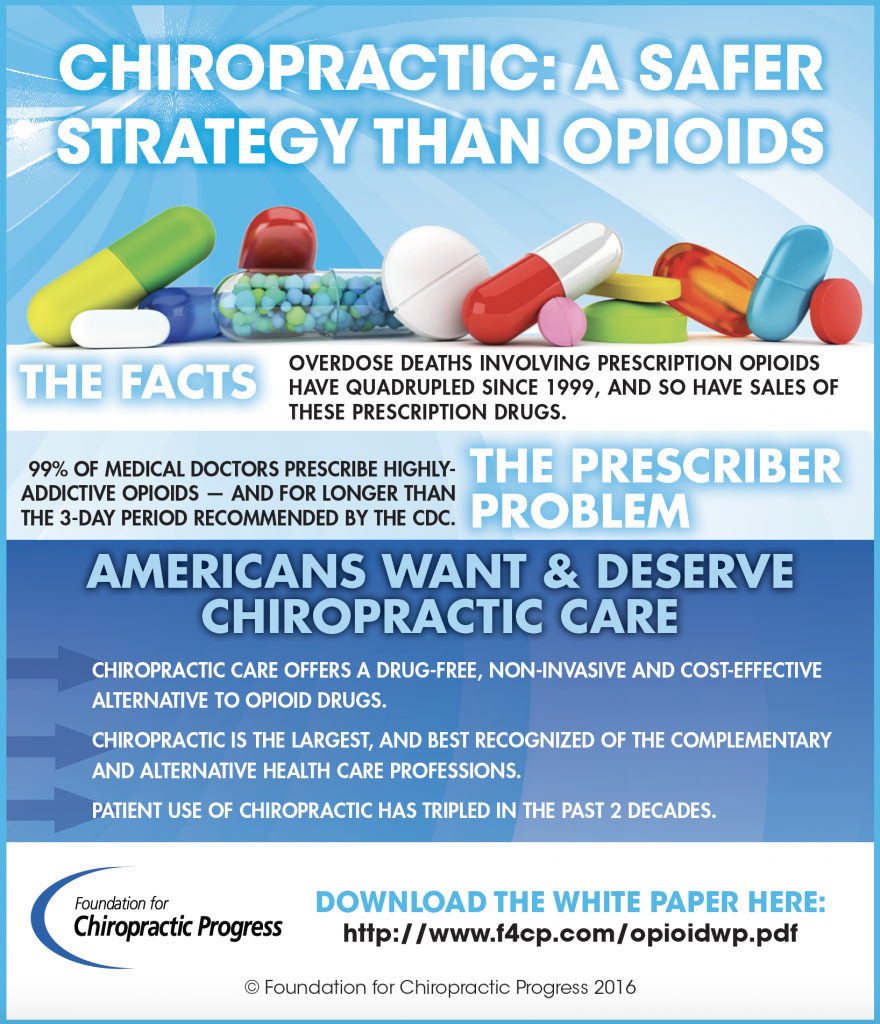Captivated by the idea of cold laser therapy for toxic substance removal? Discover the remarkable scientific research behind this ingenious therapy method and just how it targets contaminants at a mobile level. By understanding the systems whereby cold laser treatment effectively eliminates toxins, you'll obtain insight into its prospective advantages for promoting total health. Let's discover the intricacies of this advanced treatment and its ramifications for cleansing and wellness.
Understanding Cold Laser Treatment
To realize the idea of cold laser treatment, you need to comprehend just how light power is utilized to advertise healing in the body.
Cold laser therapy, additionally called low-level laser treatment (LLLT), entails the application of reduced levels of laser light to the targeted area of the body. Unlike medical lasers that cut or shed tissue, cold lasers emit reduced levels of light that boost recovery without creating damage.
The light power from the cold laser passes through the skin and is soaked up by cells, causing a series of biochemical reactions. This procedure enhances mobile function and advertises cells repair service.
Cold laser treatment is believed to raise the manufacturing of ATP, which is vital for cell energy. Additionally, it can aid in decreasing swelling, boosting blood flow, and soothing pain.
Systems of Toxic Substance Removal
Understanding exactly how cold laser therapy functions can shed light on the mechanisms through which toxic substances are eliminated from the body. When cold laser therapy is related to certain locations of the body, it stimulates the mitochondria in cells to create more adenosine triphosphate (ATP), which is important for mobile energy. This boost in ATP manufacturing improves cellular feature, consisting of the procedure of cleansing.
Furthermore, cold laser therapy advertises vasodilation, which broadens blood vessels and boosts blood flow. This boosted blood circulation aids carry away contaminants and waste items extra successfully, assisting in their elimination from the body.
In addition, the treatment can stimulate lymphatic task, improving the lymphatic system's capability to remove toxins and waste from tissues.
Scientific Evidence and Advantages
By analyzing clinical researches and professional trials, the efficacy of cold laser therapy in removing contaminants from the body ends up being apparent. Research has revealed that cold laser therapy can improve the cleansing procedure by promoting mobile energy manufacturing, advertising lymphatic water drainage, and raising blood flow. These mechanisms help in the elimination of toxins and waste products from the body extra successfully.
Additionally, https://www.healthline.com/health/skin-tag-removal supports the benefits of cold laser therapy beyond toxic substance removal. Research studies have actually shown its performance in reducing inflammation, increasing tissue fixing, and alleviating discomfort. This non-invasive treatment has actually been used in different medical areas, consisting of dermatology, physical therapy, and sports medicine, showcasing its flexibility and extensive applications.
Furthermore, cold laser treatment has been located to have marginal adverse effects and is well-tolerated by the majority of people. Unlike some conventional treatments, cold laser therapy provides a secure and gentle alternative for those looking for natural healing approaches. Its ability to target certain locations and advertise general wellness makes it an encouraging option for individuals seeking to enhance their health and wellness.
Final thought
To conclude, cold laser treatment offers a scientifically-backed approach for properly getting rid of contaminants from your body.
By boosting mobile energy production, promoting lymphatic drain, and increasing blood circulation, this non-invasive therapy sustains cleansing at the mobile level.
With acne treatment to target particular locations and boost overall health, cold laser treatment is a beneficial alternative for all-natural toxin removal and recovery.
